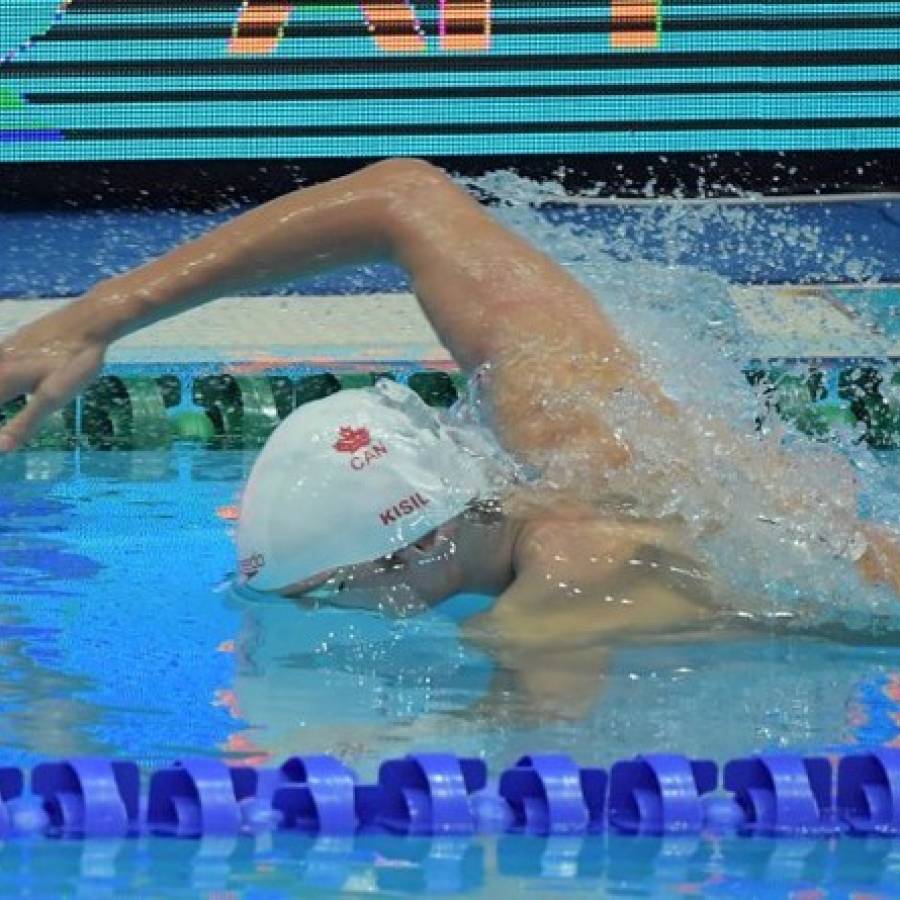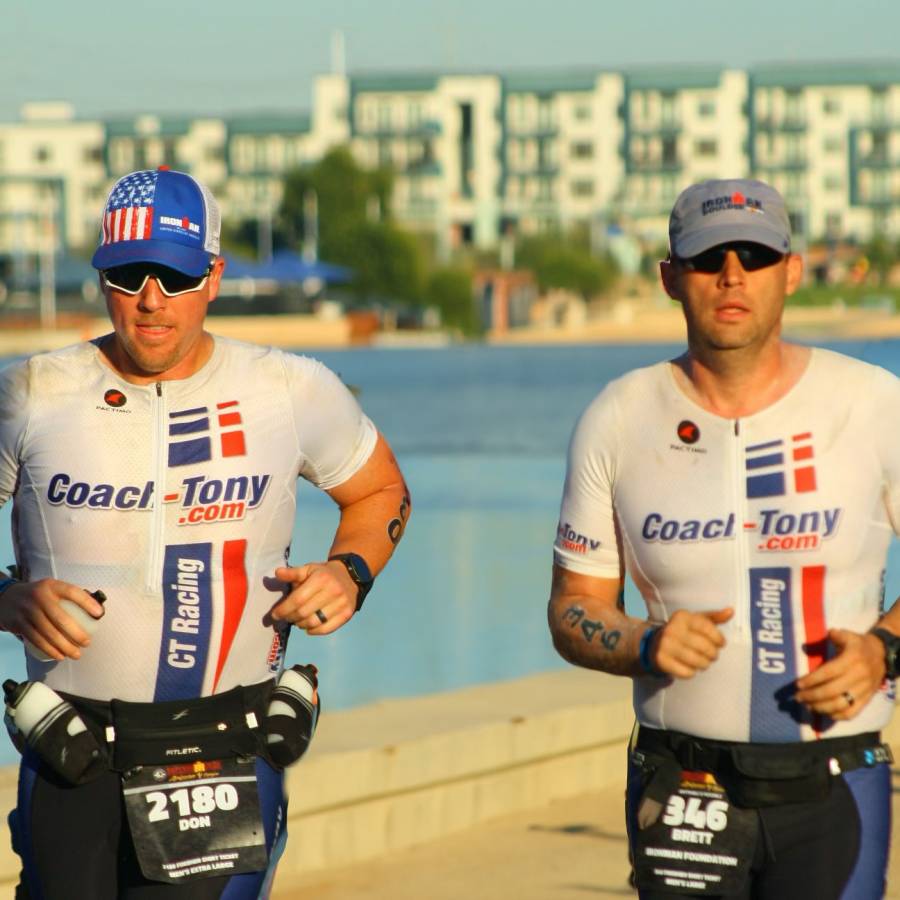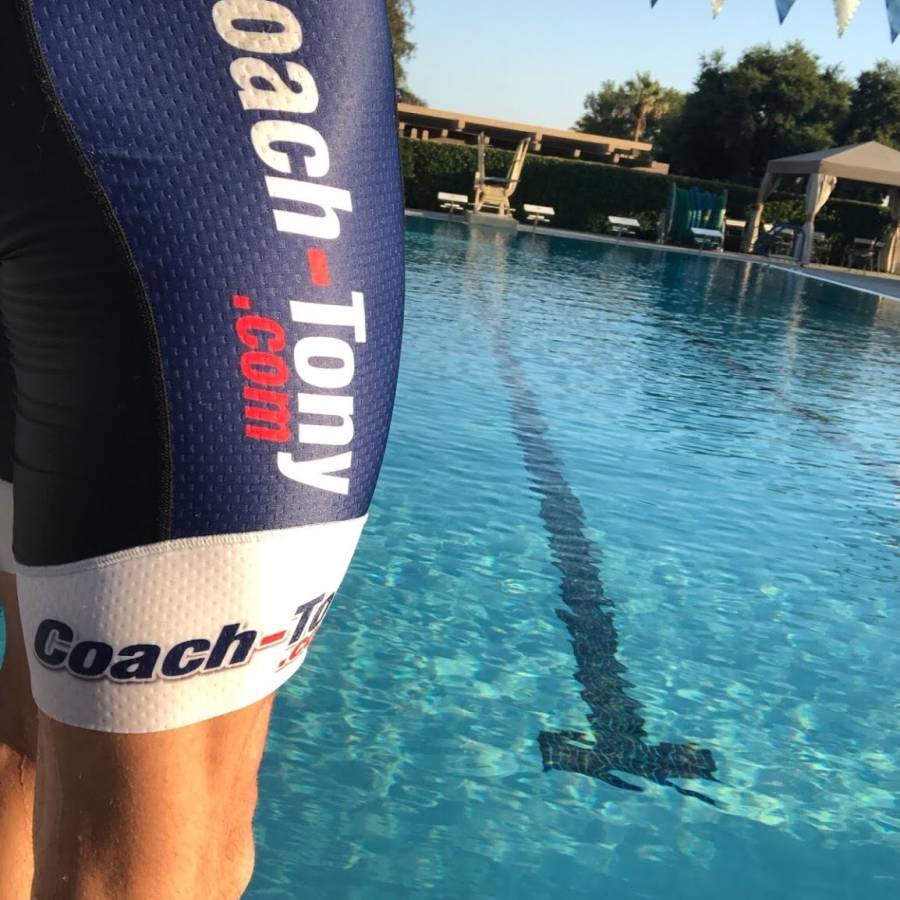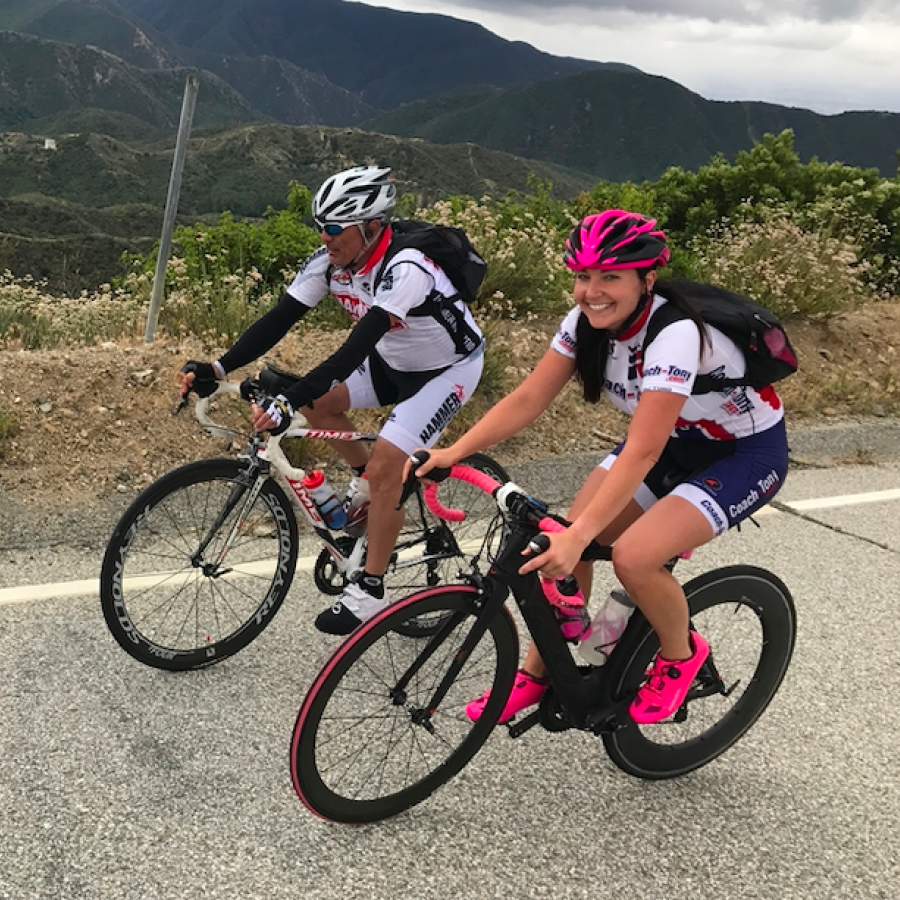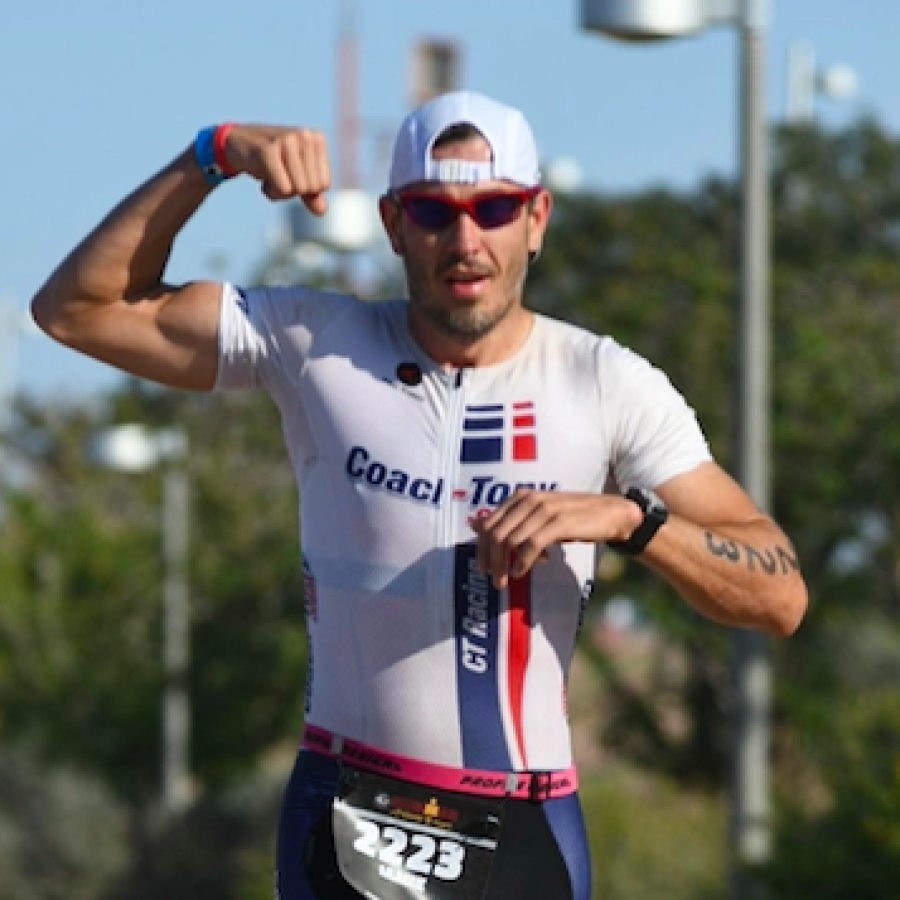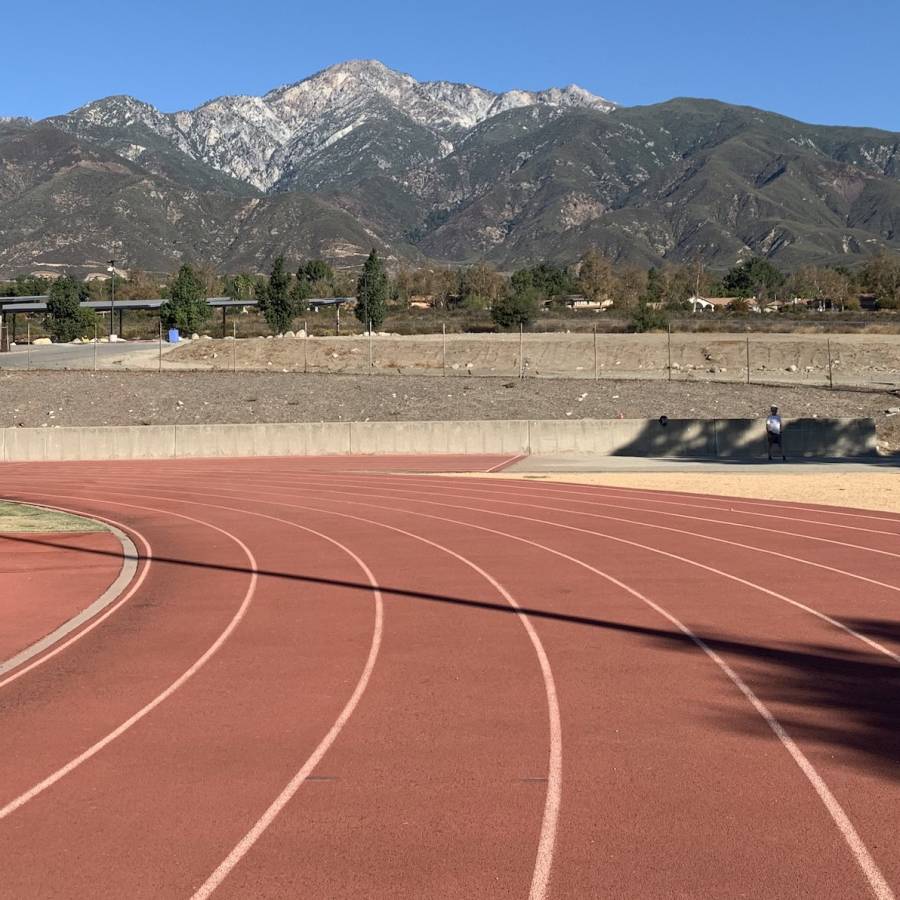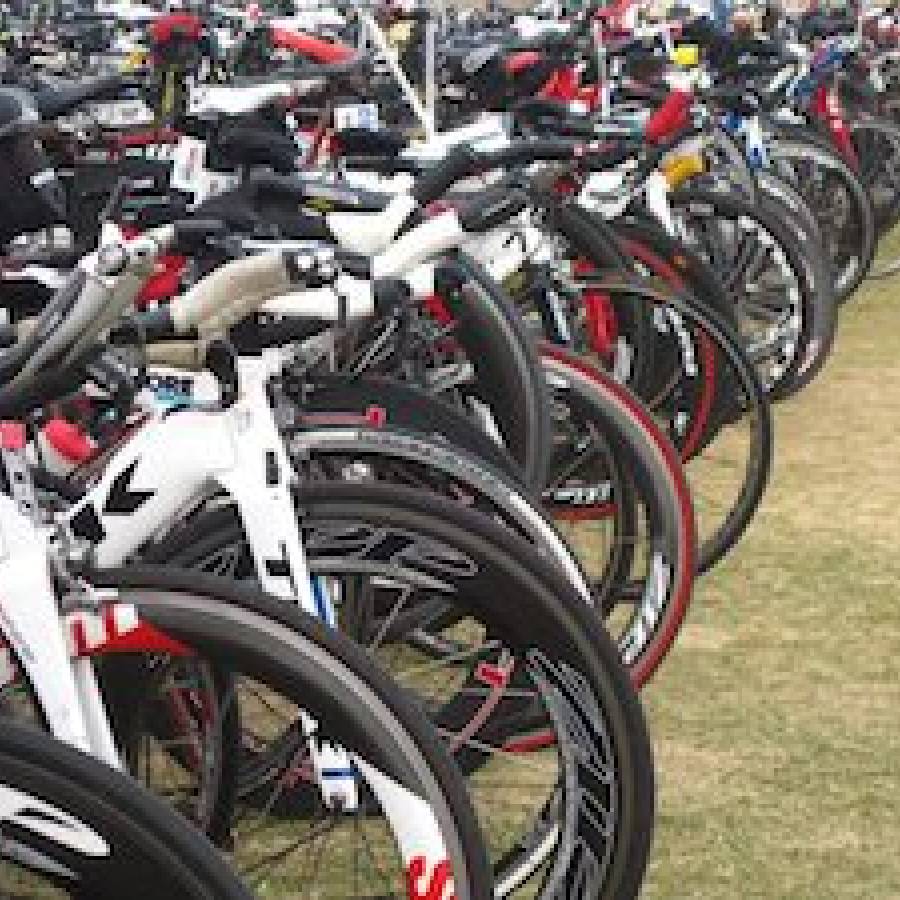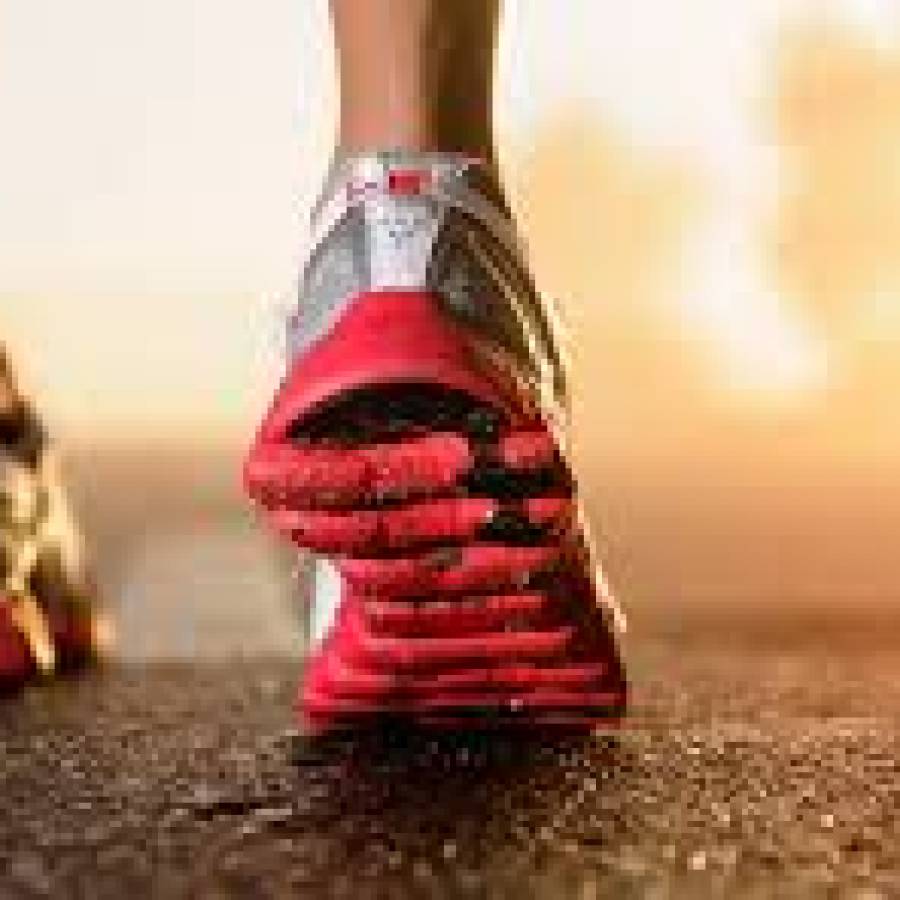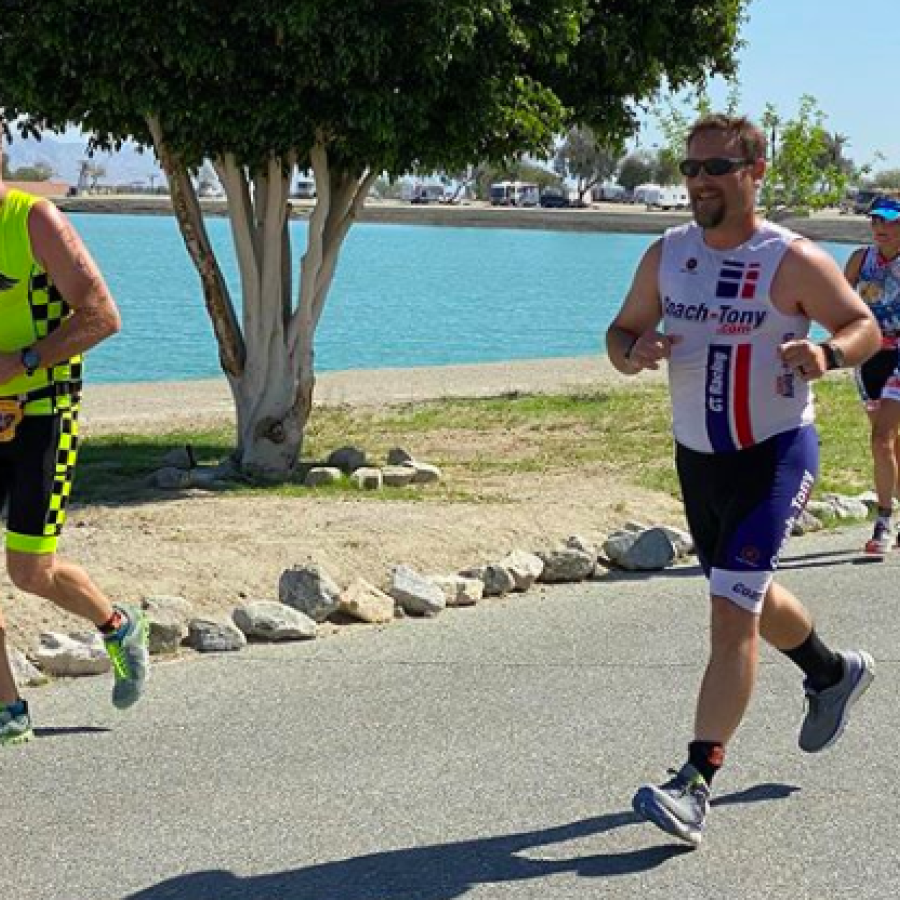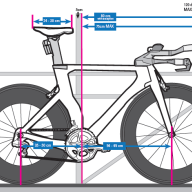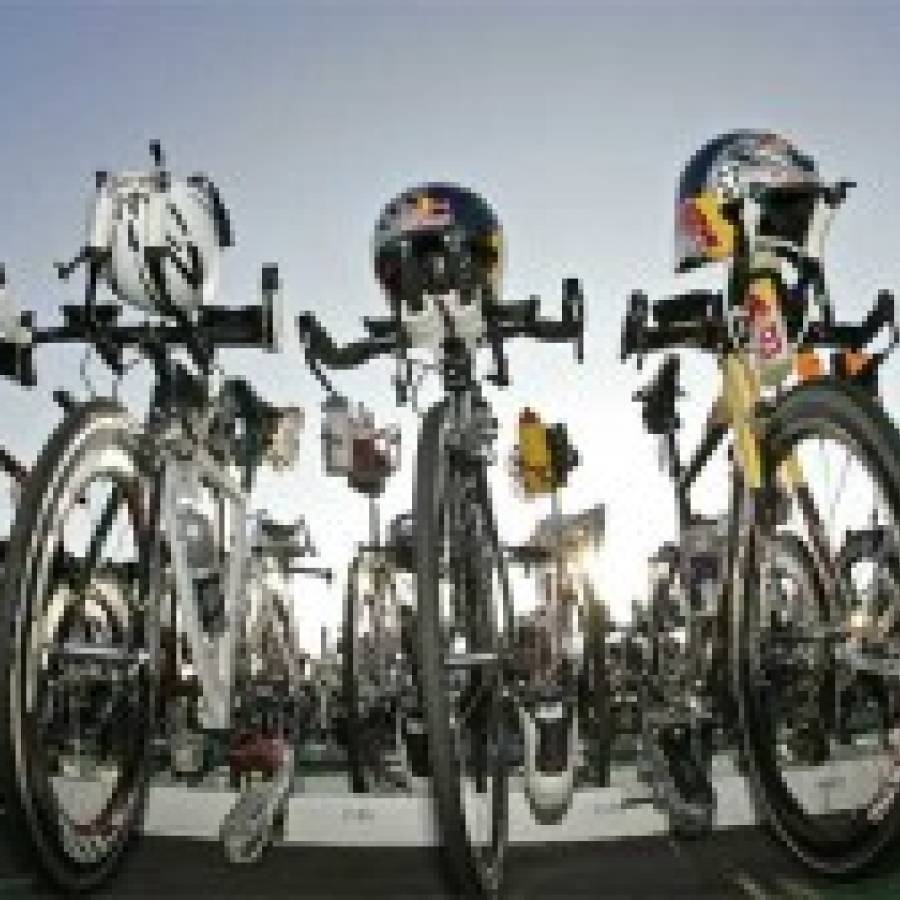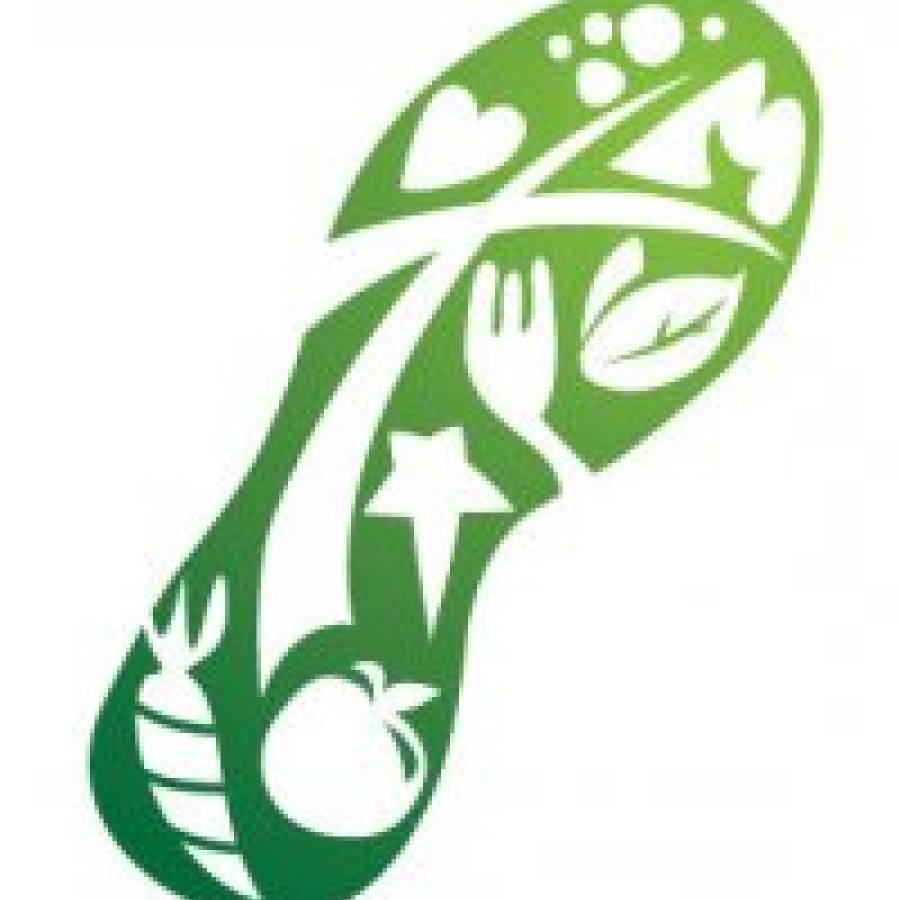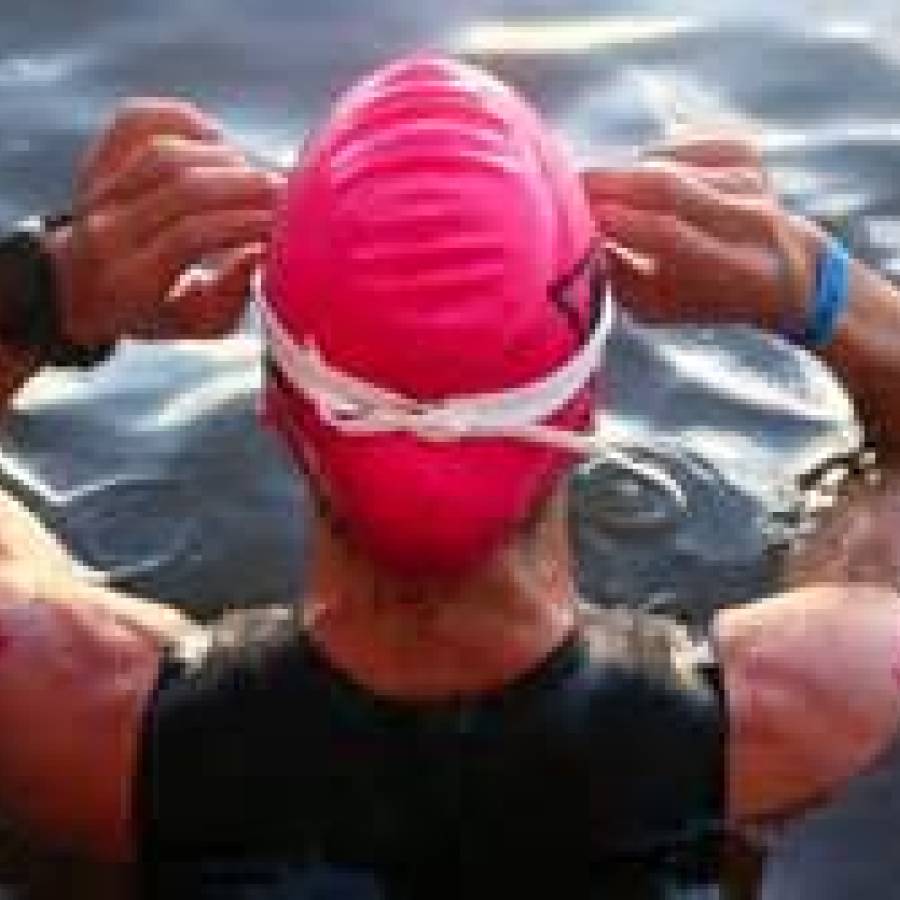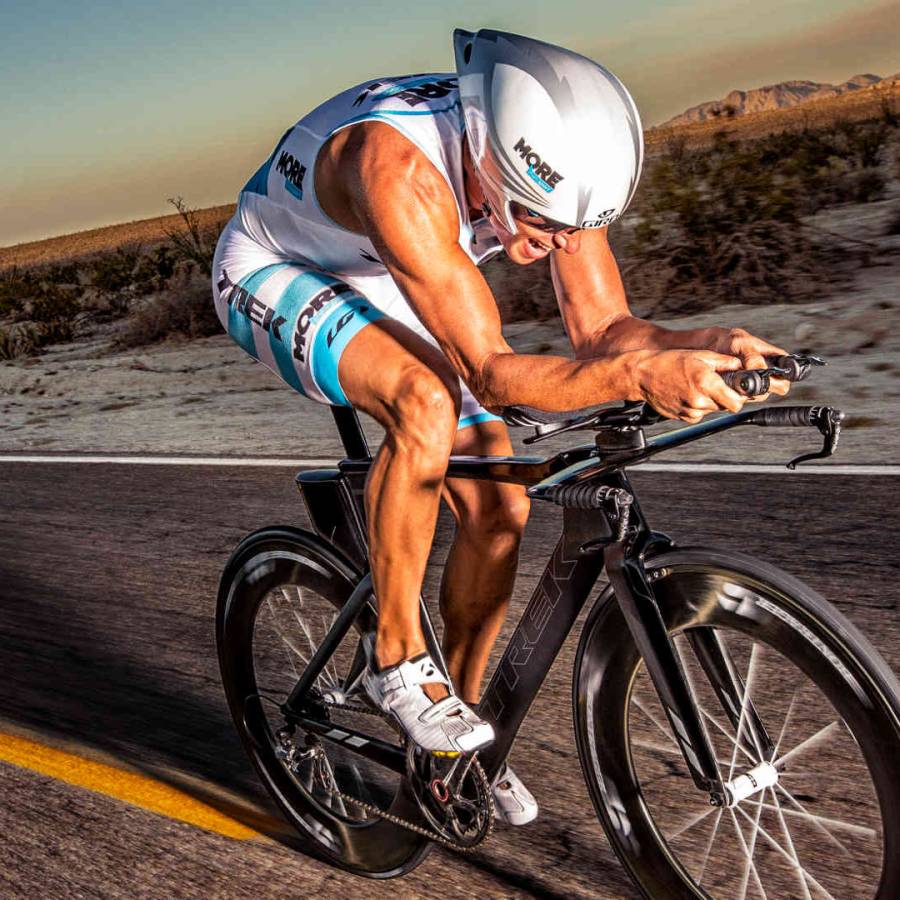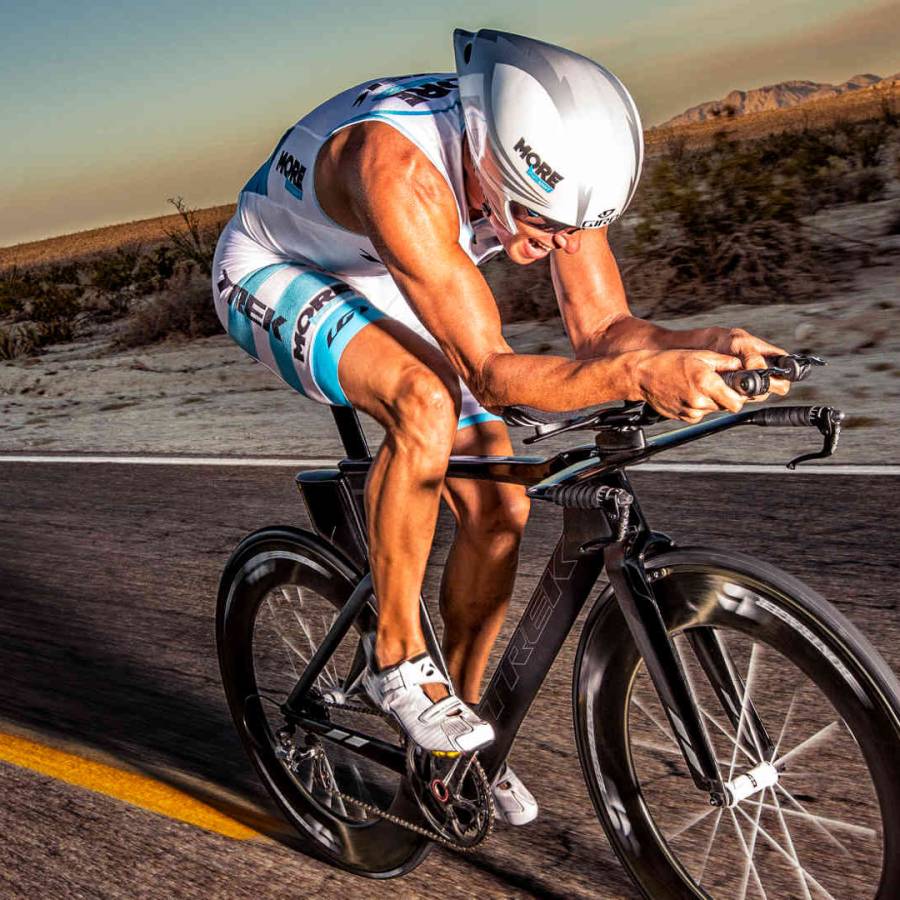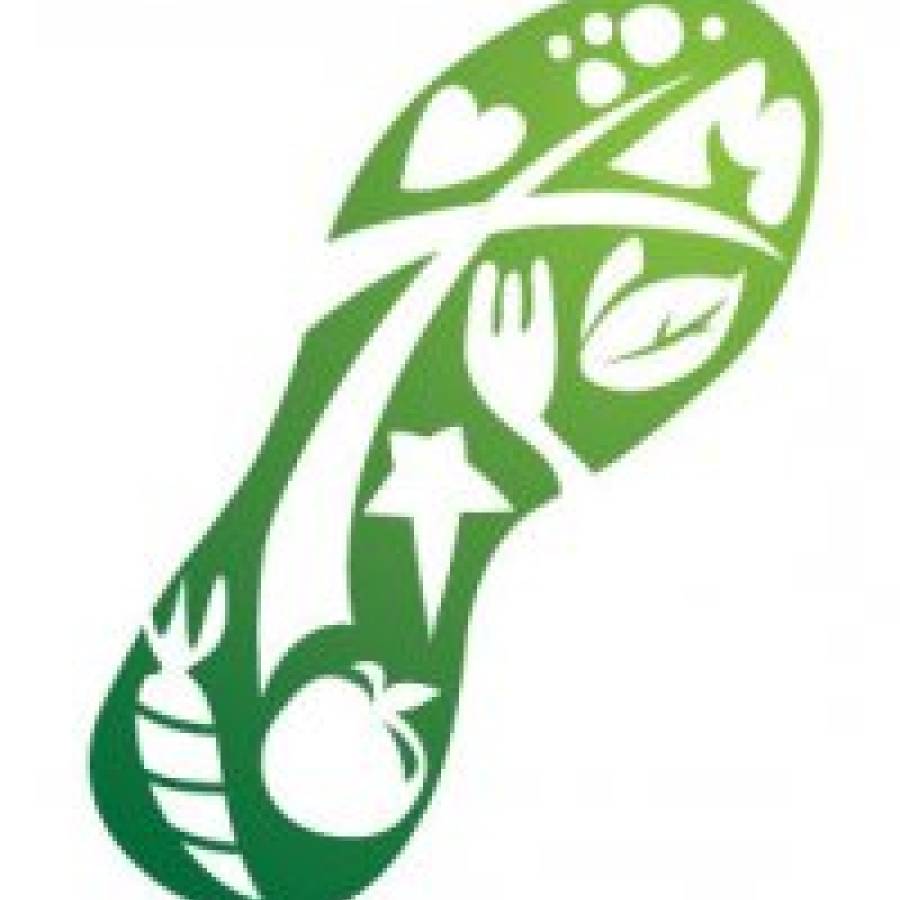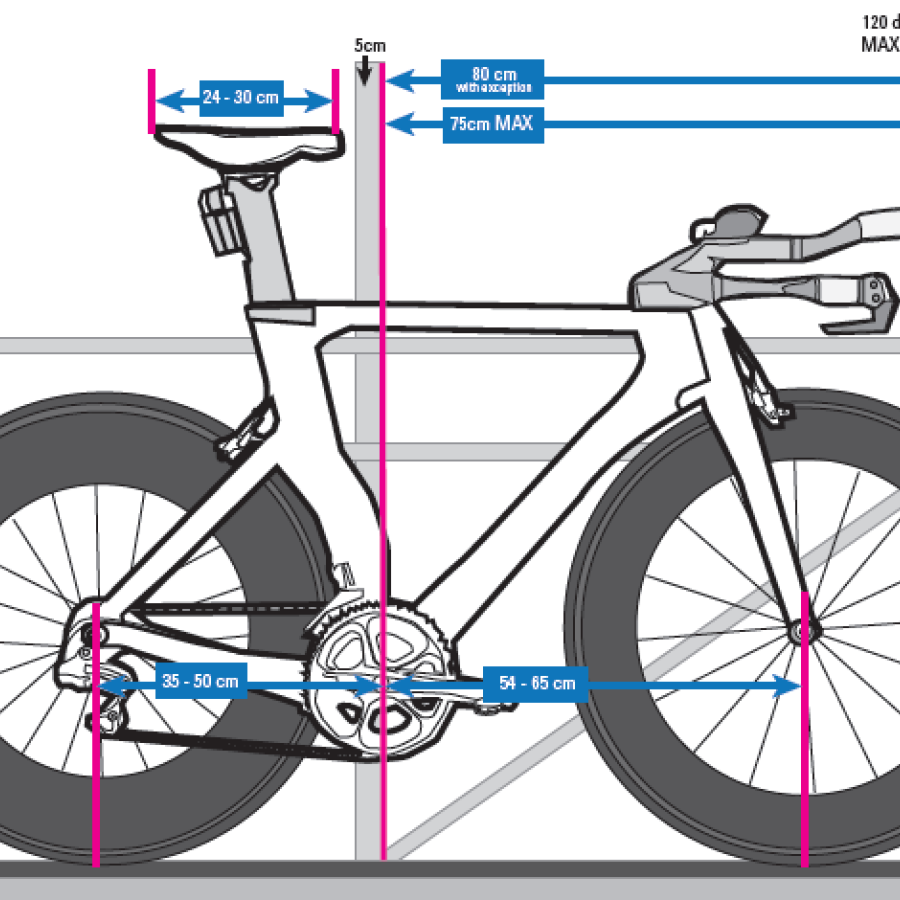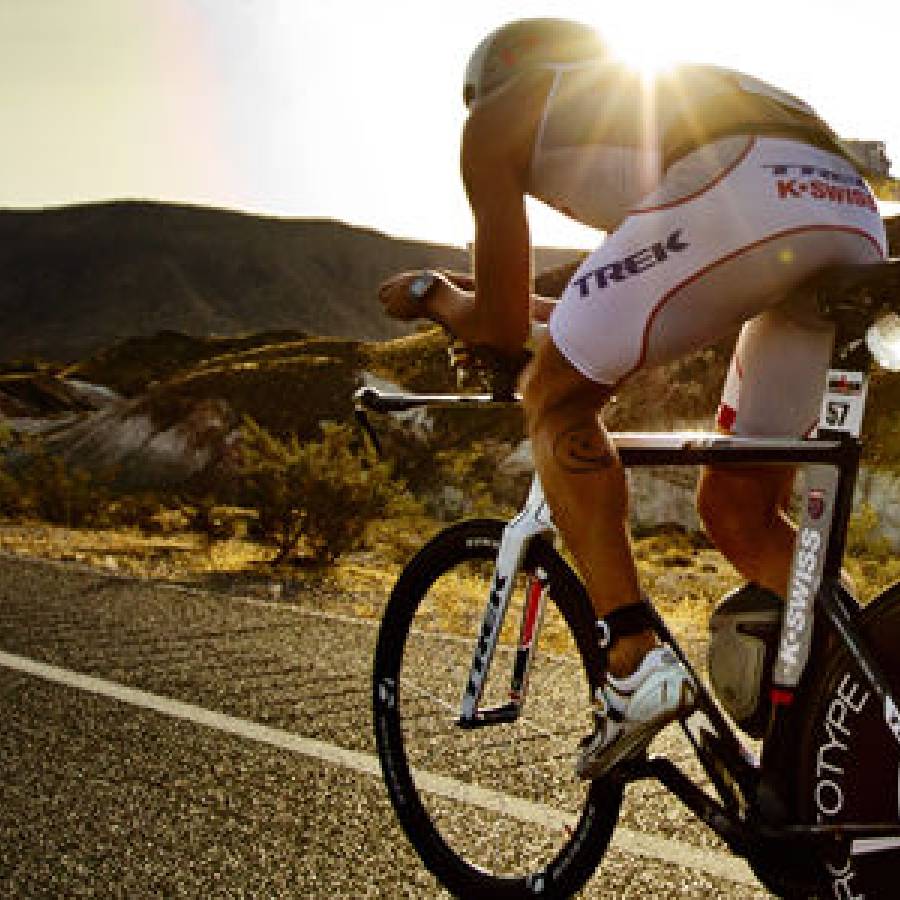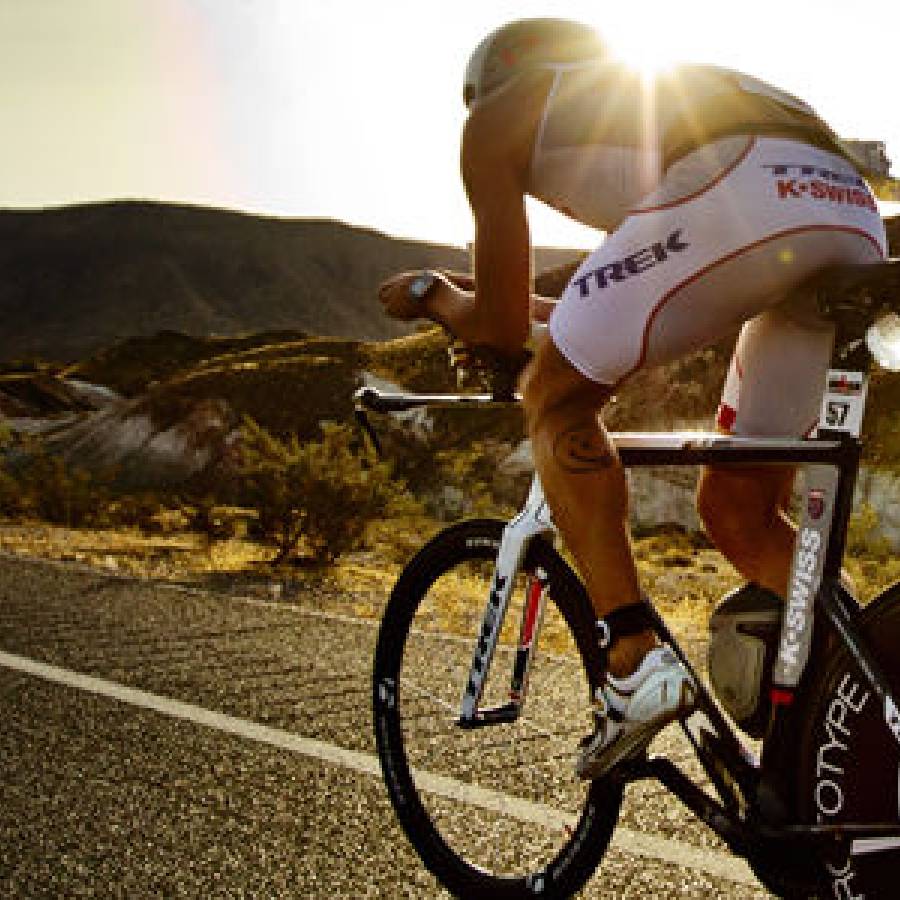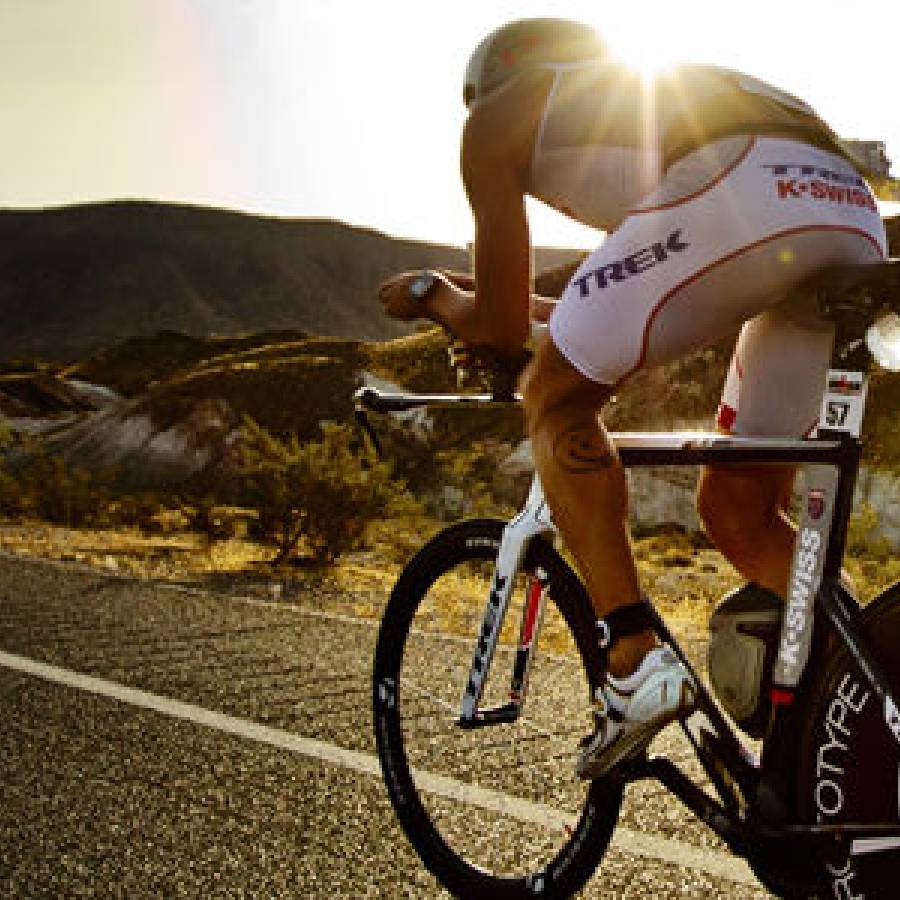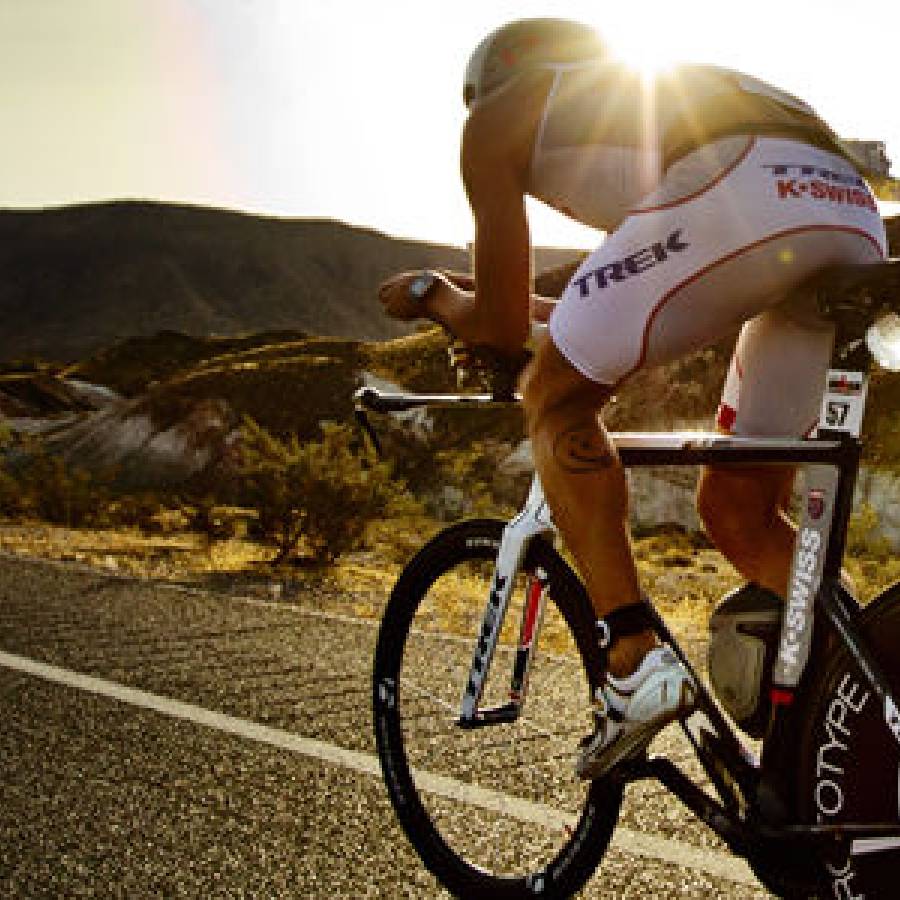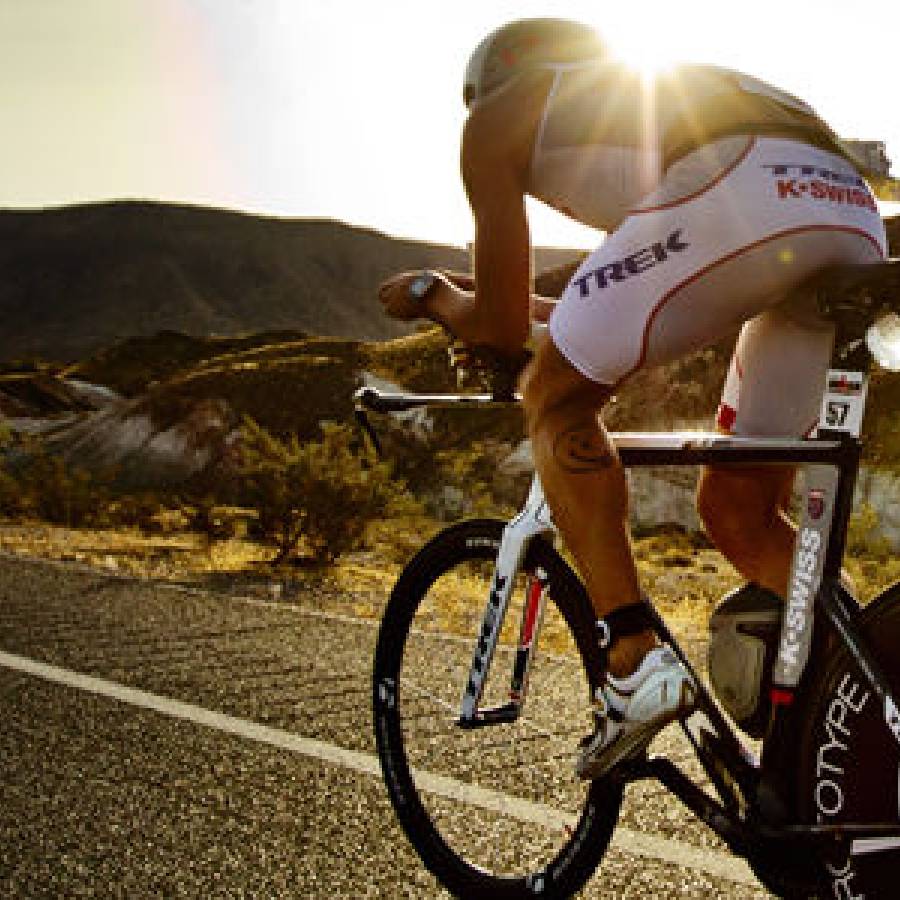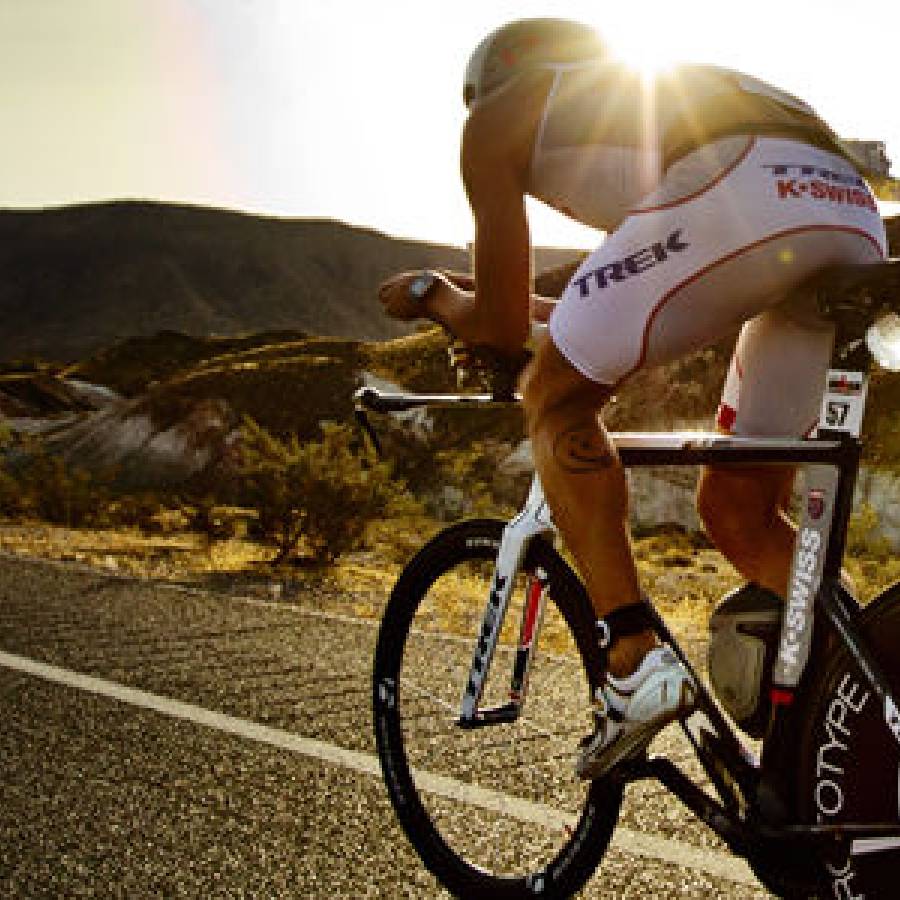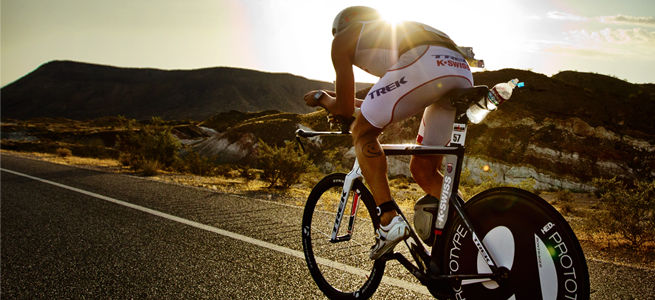
Triathlon equipment is expensive and therefore your investment should be warranted. Selecting the most appropriate equipment can provide quantifiable improvement in race performance. Prioritizing equipment can be a daunting task, especially given the hype surrounding aerodynamics. The primary resistance a cyclist must overcome is wind resistance. The fast you go the greater the resistance. The body accounts for the majority of the aerodynamic drag; usually about 70 percent. If the body is the primary source of aerodynamic drag, then making changes to the body position (ergo Bike Fit) can cause substantial reduction in drag. The conclusion is the most important use of your money is actually getting positioned properly on your bike.
Wheels and helmets are two additional distinct ways to change your aerodynamic picture. Since we know body represents the majority of the drag (70 percent) the bike must then be the rest (30 percent). Therefore, reducing drag created by the body should be next in the spending priority. An aero helmet can deliver more of an aerodynamic advantage than wheels because it further reduces the major contributor to drag (the body).
The least expensive way to “buy speed” on almost any triathlon course is to wear an aero helmet. Most of us are not aware a non-aero helmet creates four times the drag of a non-aero wheel set. You can spend two thousand dollars on a wheel set, or spend two hundred on am aero helmet and be faster. Positioning of the aero helmet is critical. When the rider is looking down at the front wheel, and the tail of the helmet is straight up half of the helmets tested were actually worse than a typical road helmet.
This stresses the importance of being properly positioned on your bike. Consider all factors when electing to use an aero helmet such as ventilation and heat transfer (cooling). While aero helmets provide reduced drag, many have very poor ventilation. Many Ironman Kona racers use a standard road helmet due to the hot conditions. As we all know, the metabolic cost of dehydration and over-heating will far outweigh any aerodynamic gain. Aero helmets work but there are a few assumptions that need to be made that serve to qualify its advantage before you actually go off and buy this fashionable toy. First, you must ride in the aero position (in your aero bars) most of the time to render the advantages of an aero helmet. Second, your position in your aero bars is actually aero. Third, you ride averaging at least 18MPH (the faster the better). If these three factors don’t apply, you’re overheating your head with a fashion statement.
At 40KM per hour, one can achieve an aero savings of between 55–75 watts versus a normal road bike setup, which equates to as much as 5 seconds/kilometer saved. 5 seconds might not seem like much, but multiply that by the 180K distance of an Ironman cycling leg, and that represents a bike split that is nearly 15 minutes faster. That’s enough to make most of us drool. The advantages are two-fold. Wearing an aero helmet in a good aero position allows you to either cycle at a faster average speed without any increase in energy expenditure, or it allows you to cycle at your normal average speed with less energy expenditure thus helping you conserve for your run split. Looking at the articles regarding helmets and wheels; both contribute to reducing aerodynamic drag in a time trial or triathlon. Clearly the best equipment for your dollars comes from an aero helmet. However the best use of your resources is to be properly positioned on your bike. Nowadays, you’ll never catch a professional time trial or track pursuit athlete without a proper bike fit or aero helmet.



